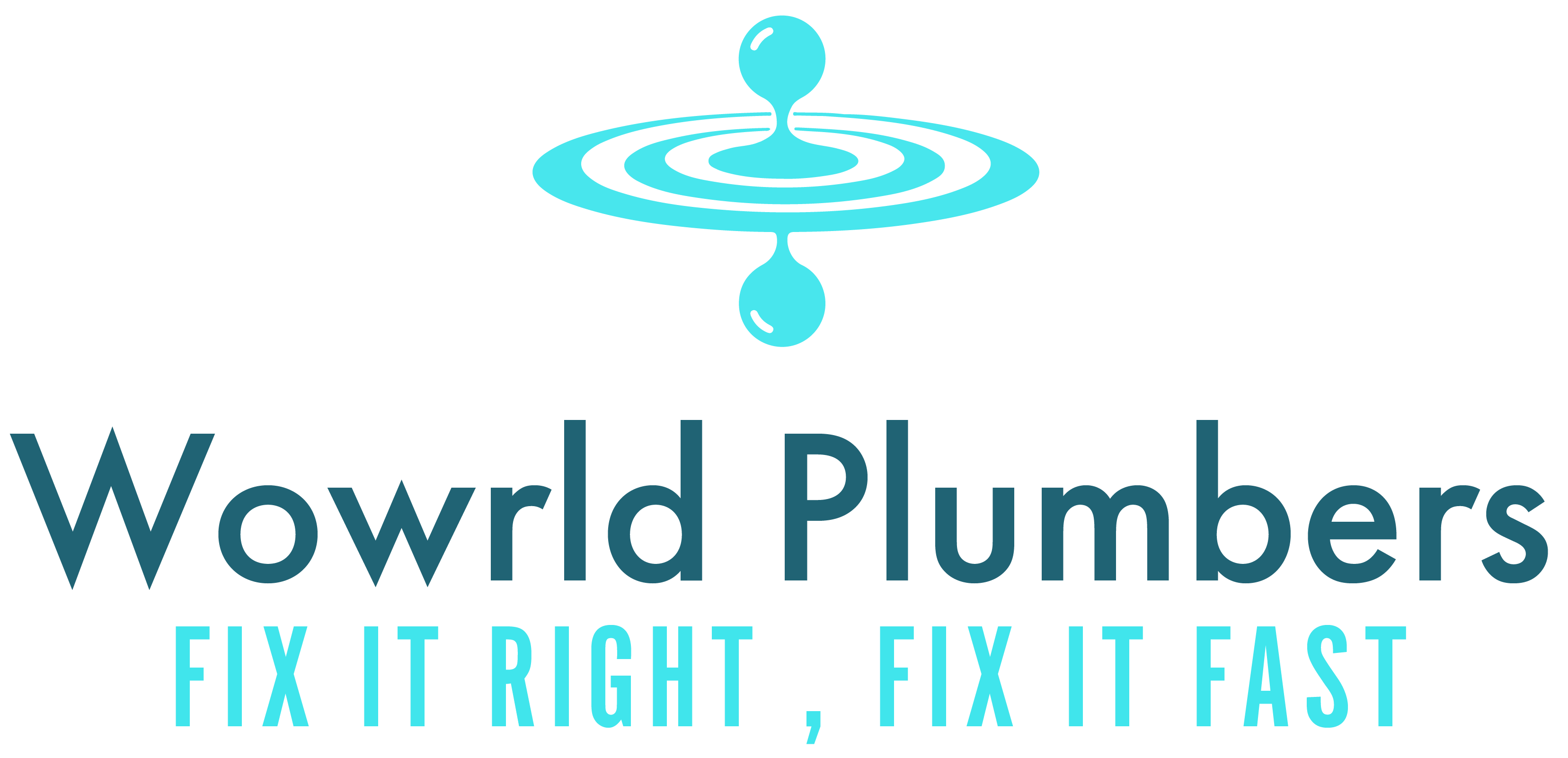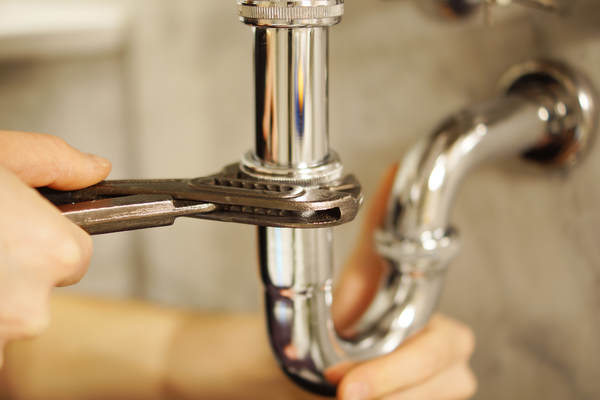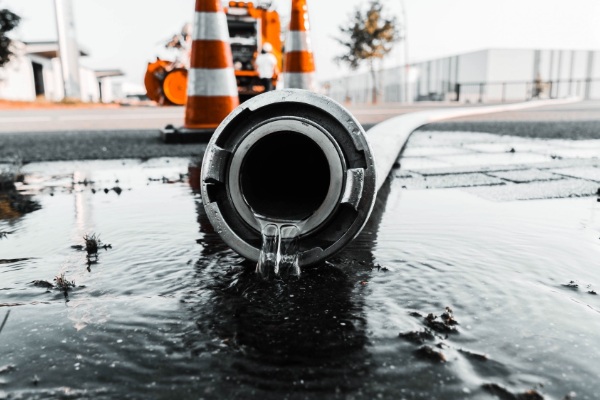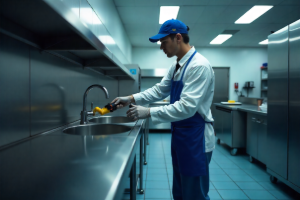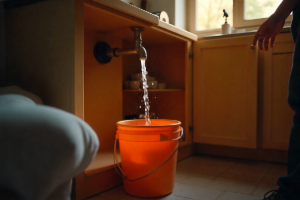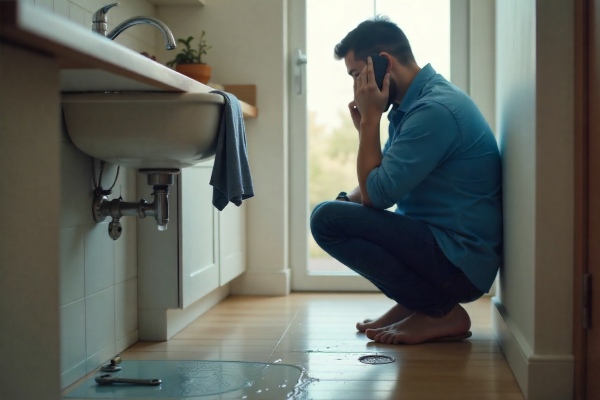Plumbing issues can arise unexpectedly, causing inconvenience and potential damage. However, with a bit of knowledge and the right tools, many plumbing problems can be easily addressed. This guide will cover the most common plumbing repairs, the basic principles of plumbing, and essential tools and techniques for completing basic plumbing repairs in your home.
What Are the Most Common Plumbing Repairs?
Plumbing repairs are part of every homeowner’s experience. Understanding the most common issues that require attention and how to fix them can save time and money.
Typical Plumbing Issues Homeowners Face
Some of the most frequent plumbing issues include:
- Leaky faucets: A dripping faucet is often caused by worn-out washers or seals.
- Clogged drains: Whether in the kitchen or bathroom, clogged drains are a common household problem, usually caused by grease, soap, or hair buildup.
- Low water pressure: Can be due to blocked aerators, faulty pressure regulators, or leaks in the pipes.
- Running toilets: Caused by faulty fill valves or flapper valves that don’t seal correctly.
Quick Fixes for Leaks, Clogs, and Low Water Pressure
- Leaky Faucets: Replace the worn-out washer or O-ring to stop the leak.
- Clogged Drains: Use a plunger or drain snake to clear minor clogs. For stubborn blockages, try a vinegar and baking soda solution.
- Low Water Pressure: Clean the aerators or check for blockages. If the problem persists, check for leaks in the supply line.
Principles of Plumbing and Repair Basics
Understanding the principles behind plumbing can make a big difference in your ability to diagnose and repair plumbing problems effectively.
What Are the Basic Principles of Plumbing?
Plumbing relies on a few basic principles to work efficiently:
- Gravity: Most plumbing systems depend on gravity to carry wastewater away from the home.
- Water Flow: Plumbing relies on a consistent supply of water to fixtures and appliances.
- Pressure: Water pressure is necessary to ensure that water flows throughout the system, from the main supply line to faucets and showers.
Understanding Principle 7 and Principle 9 in Plumbing
- Principle 7: Focuses on the importance of the plumbing system’s design, ensuring proper water flow and waste disposal.
- Principle 9: Highlights the need for proper ventilation to prevent sewer gases from entering your home.
What Is a Plumbing Repair and How Is It Done?
A plumbing repair involves fixing or replacing parts of the system that are not functioning properly. This could range from sealing leaks to replacing damaged pipes. The repair process typically starts with diagnosing the issue, isolating the problem area, and replacing or fixing the faulty component.
What Is the First Fix in Plumbing?
The first fix in plumbing usually involves shutting off the water supply to prevent further damage. After that, identifying the root cause of the issue—whether it’s a clog, leak, or worn-out part—is essential for effective repair.
Tools and Techniques for Basic Plumbing Repairs
Having the right tools is key to tackling plumbing problems. Here’s an overview of the most common tools and techniques used for basic repairs.
What Are the 5 Most Common Plumbing Tools?
- Pipe Wrench: Used for tightening and loosening pipes.
- Plunger: Essential for clearing clogs in sinks, toilets, and tubs.
- Drain Snake: Used to remove stubborn clogs deep in the pipes.
- Adjustable Wrench: Helps tighten or loosen plumbing nuts and bolts.
- Tube Cutter: Used for cutting pipes to the desired length.
How to Use These Tools for Effective Repairs
- Pipe Wrench: Turn the wrench in a counterclockwise direction to loosen pipes and clockwise to tighten.
- Plunger: Create a tight seal over the drain and push up and down quickly to dislodge the clog.
- Drain Snake: Feed the snake into the drain and rotate it to break up or pull out the obstruction.
- Adjustable Wrench: Use to secure nuts or bolts, ensuring a tight fit without over-tightening.
- Tube Cutter: Measure the required pipe length, then use the cutter to slice through the pipe cleanly.
Sealing Plumbing Joints: Tips and Tricks
To seal plumbing joints effectively:
- Use Teflon Tape: Wrap Teflon tape around threaded joints to create a watertight seal.
- Pipe Joint Compound: Apply pipe joint compound to threaded pipe connections for additional sealing power.
- Use Compression Fittings: These fittings can be used to connect pipes without the need for soldering, offering a tight seal.
Understanding Types of Plumbing Systems
The type of plumbing system in your home determines how you perform repairs and what tools you’ll need.
What Are the Three Types of Plumbing?
- Water Supply System: Brings clean water to your fixtures and appliances.
- Drain-Waste-Vent (DWV) System: Carries wastewater from your home and ensures proper ventilation.
- Gas Plumbing System: Supplies natural gas to your home for cooking, heating, and hot water.
How These Systems Influence Repair Methods
- Water Supply System: Repairs typically focus on leaks, pipe replacements, and water pressure issues.
- DWV System: Often involves fixing blockages, repairing cracked pipes, or venting issues.
- Gas Plumbing System: Requires safety precautions and professional help for repairs related to gas lines.
Repairing Pipes and Nearby Services
Pipes are an essential part of your plumbing system, and repairing them requires both skill and knowledge.
How Do You Repair Damaged Pipes?
Repairing a damaged pipe often involves:
- Shutting off the water supply to prevent further damage.
- Draining the pipes to clear out any remaining water.
- Cutting out the damaged section and replacing it with a new pipe using pipe connectors, couplings, or soldering.
For small leaks, pipe repair tape or epoxy may be sufficient.
Finding Basic Plumbing Repairs Near Me
When you need a professional, use online platforms like Google Maps, Yelp, or local listings to find reputable plumbers nearby. Be sure to check their reviews, credentials, and services to ensure they can handle your plumbing needs.
DIY vs. Professional Help for Plumbing Repairs
While DIY plumbing repairs are possible for minor issues like clogged drains or leaky faucets, many plumbing tasks, especially those involving gas lines or major pipe repairs, require professional assistance. Attempting complex repairs without the proper skills can lead to greater damage and higher repair costs.
Basic plumbing repairs are manageable for most homeowners with the right tools and knowledge. However, understanding the principles behind plumbing, using the correct tools, and knowing when to call a professional are key to maintaining a functional plumbing system. With regular maintenance and timely repairs, your plumbing system can serve you efficiently for years to come.
